Bayerische Motoren Werke AG has existed since 1916, initially as a builder of aircraft engines. It moved to earthbound vehicles when in 1923 it offered a motorcycle to keep its employees occupied—the WWI armistice prohibited German aircraft manufacture—and only moved to cars in 1928 when it acquired a railroad-car maker, Fahrzeugwerke Eisenach, which was license-building British Austin Sevens under the Dixi name. The first BMW-badged, Austin-derived 3/15 models came in 1929.
Since those first cars, the firm has had a truly complex and erratic design history. BMW was one of the first European carmakers to have an internal styling (as opposed to body engineering) department. Set up by Wilhelm Meyerhuber, who went to Bavaria from Opel, where there was awareness of General Motors' pioneering in-house Art and Colour staff, the BMW studio enjoyed all the accoutrements of American design methods: sketches in perspective, clay models, styling bridges, and 3D measuring systems. Meyerhuber kept making proposals into the middle '50s with no results. Since then, a diverse cast of characters has contributed to the sharp rise, fall, and rise again of the now wildly successful automaker, which produced no automobiles for the full decade of the 1940s save a few "EMWs" produced in the eastern zone at the Eisenach plant. BMW itself only got back into car making in 1951. Even then, the 1952-'63 "Baroque Angel" 501 and 502 sedans were prewar designs, depressingly old-fashioned and clumsy.
Max Hoffman, the Austrian exile who was enormously influential in introducing numerous marques to the U.S., commissioned a sports roadster on that prewar chassis, selecting Manhattan-based fellow exile, Albrecht Graf Goertz, to shape it. The 507 masterpiece that resulted first embodied a flattened, horizontal double grille instead of a vertical pair. But it cost three times what Hoffman desired and was a total failure commercially, with only a couple hundred ever made. Goertz also did the 503, a coupe on the longer sedan chassis. He was one of many stylists involved in the development of BMW's modern look. Wilhelm Hofmeister, chief in-house designer from 1955 to 1970, is credited with the eponymous "kink" in the rear side windows, though it was first seen on the Giugiaro-designed 3200 CS.
In fact, Italian designers contributed much to BMW design through the years, most importantly Giovanni Michelotti, who restyled the incredibly ugly Iso Isetta-based BMW 600 four seat "bubble car" into a lovely coupe that sold well despite having just a flat-twin motorcycle engine in its stylish tail. Michelotti's subsequent Neue Klasse sedans saved BMW from being dismantled in the '60s and so are the most important designs in the firm's history. The house of Bertone contributed designs and hundreds of coachbuilt bodies. The first 5 Series sedan, for which newly hired Frenchman Paul Bracq claimed credit, was actually the work of Marcello Gandini, although Bracq did do what to me is the most beautiful series-produced BMW ever—the long-lived 6 Series coupes.
Concept cars, even terrible-looking examples, can and often do have positive downstream effects.
Succeeding Bracq was a fine German design leader, Claus Luthe, who left because of a personal tragedy. For most of this century BMW design has been led by an American, Chris Bangle, and a Dutchman, Adrian van Hooydonk, who have both presided over an astonishingly diverse multinational collection of designers both excellent and imaginative.
Luthe introduced advanced design methodology making use of digital systems, which has had, I fear, the perverse effect of allowing BMW to dilute its much-envied reputation with a plethora of models and caused its engineers to lose a bit of focus on the "Ultimate Driving Machine" aspect of its products. But as Van Hooydonk said when I questioned the necessity of a particularly peculiar and ungainly off-mainstream model, "We sell all we can make." That has always been the ultimate goal of everyone in the automobile business—even for cars whose list prices start in seven figures.
It's easy enough to see these concept cars are close siblings, but like human brothers and sisters they're destined by genetic heritage for different roles. And although they're quite similar in some aspects, one might have some visual characteristics of one grandparent while the other exhibits traits of the opposite side of their forebear families. We see traces of Albrecht Goertz's 507 in the horizontally oriented "kidneys," an identity element persisting since the early 1930s. The rear treatment dates from the Bangle days, as does the side treatment derived from the 2001 X Coupe concept. In this column 16 years ago (May 2001), I said that concept was "an ugly—even grotesque—vehicle." And it was, but it's hard to fault the flanks of this pair, positively influenced by that dismal exercise. We can expect parts of this pair to pop up in the near and far future. Concept cars, even terrible-looking examples, can and often do have positive downstream effects. I think these quite elegant and fluidly shaped concepts are likely to have additional series-production descendants that will greatly impress us when they appear.
BMW Z4 Concept
1. This represents a surprising reversion to the "motorboat" front end Michelotti created for the 1500-1800 Neue Klasse cars in the early '60s. Management was convinced it was dangerous to change that look, and despite desperate pleas from Bracq for more aerodynamic shapes, it held for decades. To see it return is a nod to Mercedes chief designer Gorden Wagener, who reverted to it on the last S-Class to lengthen the hood.
2. There are still four headlamps, but they're not round anymore. It's about time.
3. In pure profile, this fender line is of surpassing elegance. Surfaces outboard are a bit of a puzzle, though.
4. The painted part of the outer air inlet is broken into five straight elements, open toward the center of the Z4 nose, with the central scoop edges filling the open end.
5. A slight crease, seemingly the origin of the base line growing out of the fender below the side slash and curving up the side.
6. The central scoop tends to evoke cow catchers on steam locomotives in the Old West. In black it looks agricultural, more like a grain scoop than a car part.
BMW Concept 8
1. Shades of Buick's 1950 bumper-grille front end. And the vertical bar texture also looks more Buick than BMW. Sic transit gloria mundi.
2. Pedestrian safety requires a fairly full profile to clear internals, but this is a puffy centerline profile. It's hard to grasp why it's so high so far forward.
3. As with the Z4, the four headlamps remain, but they are no longer round.
4. A vestigial indication of a separate rear fender form, refreshingly subtle and modeled well.
5. A hard horizontal bar bisects the outer-corner air-scoop box form.
6. Here the center scoop diagonal edges are inclined in opposition to those of the Z4.
7. Having the model identification at the bottom of the front end is a bit odd but original, for what it's worth.
1. Both cars share a bad idea from the past. Comprehensive Air Force studies have shown that having gauge needles operating in opposing directions within the same narrow field of view reduces operator comprehension and slows reaction time. This reversion to old ideas in order to seem new may be an endemic corporate philosophical weakness. Remember how silly the central-dial instrument panel—like a 1948 VW—was in the Z8?
2. The layout and formats of the central data screens seem to have no particular commonality, other than—like most such devices—they both provide too much information.
3. The transmission selector lever appears to be the same part on both cars, and why not? It's something that must fit comfortably in small hands and large ones. This one is a handsome sculpture.
4. Ventilation outlets are horizontal on the 4, vertical on the 8, but they seem to be of about equal cross-sectional area, a little smaller than industry average in both cases.
5. The idea of using color to set apart the driver's realm is hardly new. Lamborghini did it in the days when Chrysler controlled its styling. It's a handsome solution, though as a Z4 driver I'd rather not have the orange reflection in the windshield.
6. Despite their very different roles, both concepts use complex textures on the seating surfaces: lightly bas-relief in the 8 Series, just a surface treatment in the Z4.
7. The seat-belt sockets appear to be built in to both sets of seats but without a clear release mechanism for either.
8. Writing on the center bottom of the steering wheel is just an identity badge on the 8 series, but on the Z4 it seems to be an active digital readout.
9. Steering wheels are flattened top and bottom, with the "central" BMW badge well below the center of the nominal circle. Colors, number of spoke branches, and apparent thumb rests may all be different, but the gestalt of both directional devices is clearly similar.
10. Like the transmission controls, the pedals look to be identical, which is sensible in that there are no small economies, even in hand-built concept cars. And they're really good-looking if potentially slippery in the wintertime.
1. This bump, as seen from the back, is the upper corner of the big-box front corner openings on both cars …
2. … and this angle is the same on both, but for the Z4 a surface break gives a protruding lower lip of painted material.
3. At the top of the slash, there is a sharp corner where two straight lines intersect, and on the 8 a radius leads into a curved line that softens and disappears in the door skin.
4. Below this soft line on the 8 Series, the entire body side is essentially concave down to the bottom of the door. On the Z4, the hard line from the slash runs all the way back to the taillight, with a narrow concave section interrupted by a muscular bulge coming out of the outlet in the front fender that fades in the door skin below the beginning of another bulge in the door itself. The changes from concave to convex are numerous, complex, and interesting—if a bit lumpy.
5. Twin asymmetric headrests on the Z4 have no counterpart on the 8 Series coupe but do reference the Z9 roadster concept from 17 years ago.
6. Taillights on both concepts cover about a third of the rear width but have no formal resemblance. Nicely integrated into the overall form in both cases.
7. The ancestor of both concepts is the Z9 coupe from the 1999 Frankfurt auto show, executed by Van Hooydonk under Bangle's direction.
8. Two hard, crisp horizontals on the Z4 are separated by a single surface concavity below the license plate mounting area, while the horizontal references are softer and more subtle on the 8 Series. Sharp-edge blades on both define the top of the corner boxes.
9. Both concepts have handsomely modeled exhaust tips, the sort of thing common to show cars and usually found too expensive for production.
10. Rear corner boxes on both concepts have the same angle as seen in pure profile, but what happens on the rear fascia is quite different. You wonder whether the apparent outlets really evacuate air from the rear wheelhouses. And if so, how do you clean the ducts?
11. The similar twin-spoke wheels on both cars seem to have been made with protrusions almost guaranteed to get expensively curbed at some point in daily use. Good styling, bad design then?
12. The "pregnant cow" line from the X-Coupe is parallel to the ground plane where it appears in the fender skin, then turns up along the door cut. In the 8 Series it is the entire bottom door cut, turning upward just at the back of the door.
13. The straight-line slash in the front fender outer skin on both is at the same angle relative to the ground plane, but they end quite differently.
14. On the Z4, the slash ends in a little curve disappearing onto the flank, while on the 8 Series it generates the leading edge of a concave body side defined by a sharp surface break.

20 BMW 20 Roadster That Almost Bankrupted BMW Auctions News
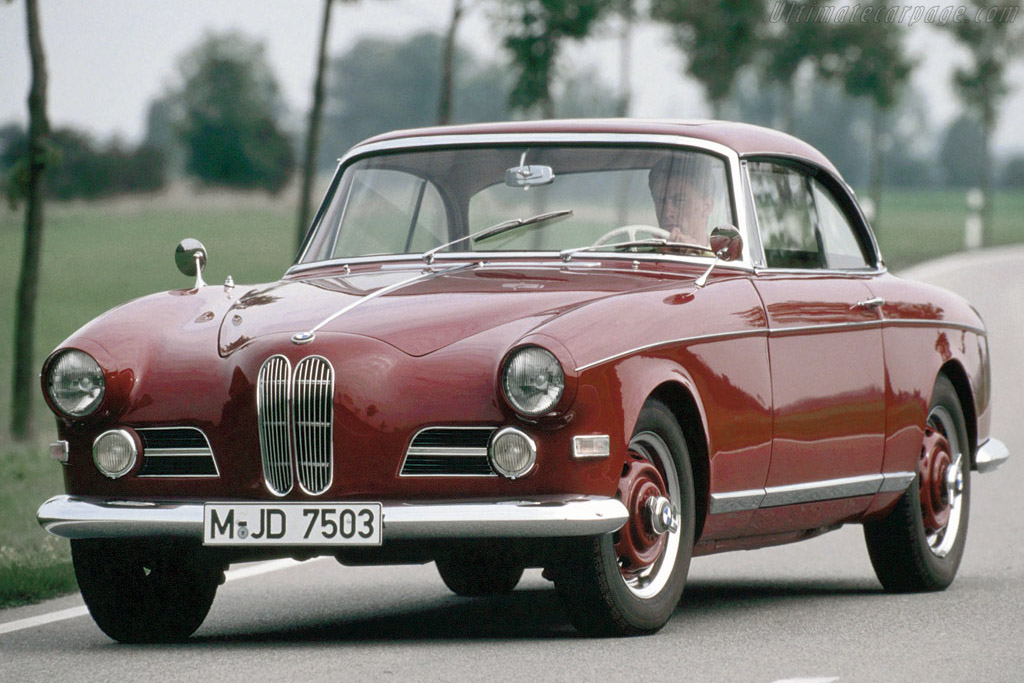
20 20 BMW 20 Coupe Images Specifications and Information
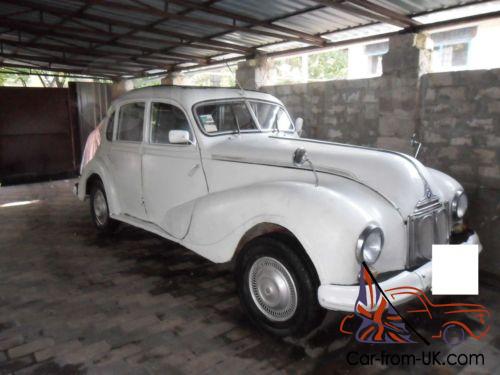
20 BMW 20Series

20 BMW 20 Coupé

BMW 20 Limousine models 2020

20 BMW 20 Pininfarina Studios

Bmw Isetta 20 20s Microcar Or Bubble Car Stock Photo Download Image Now

BMW 20 s
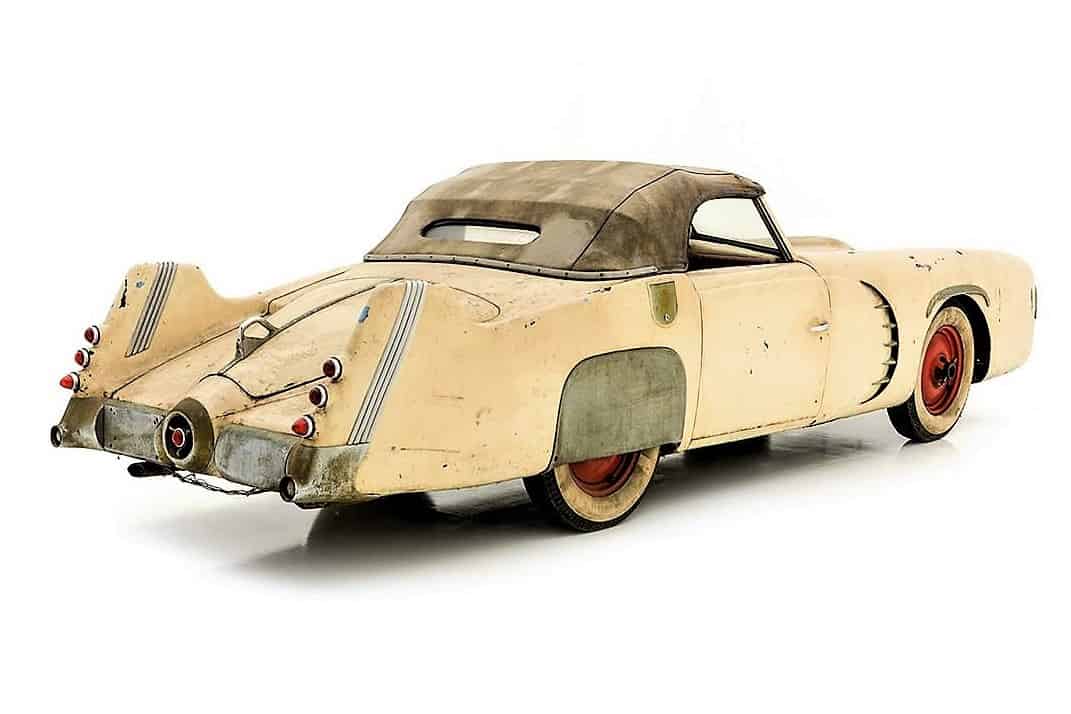
Pick of the Day Startling coachbuilt 20 BMW Veritas roadster

BMW 20 The 20s Roadster that near Bankrupted the Company

BMW 20
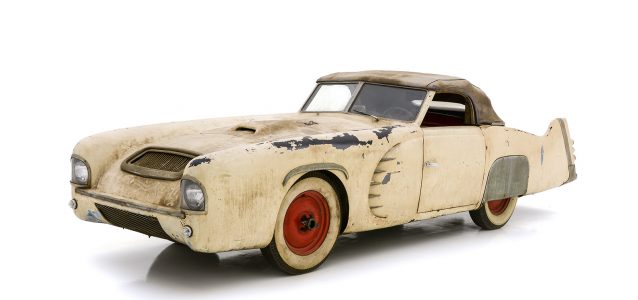
20 BMWVeritas SP20 by Spohn Hyman Ltd
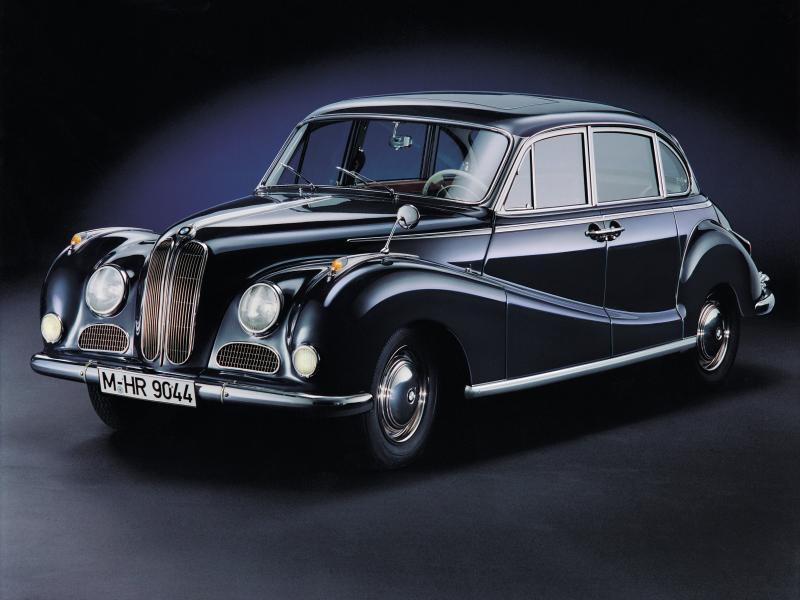
BMW 20 Limousine models 2020

20 BMW 20 Bmw Bmw 20 Bmw classic cars
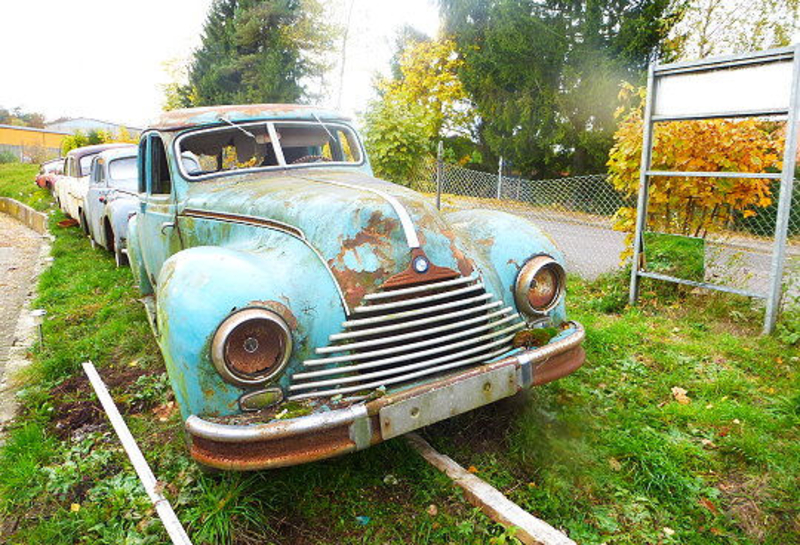
20 BMW 20 is listed Sold on ClassicDigest in Beethovenstrasse

FileBMW 20 20jpg Wikipedia

BMW cars 2020 at Museum photographs technical All Car

20's BMW 20 convertible Bmw convertible Bmw Bmw 20

20 BMWVeritas SP20 Spohn Roadster Hyman Ltd
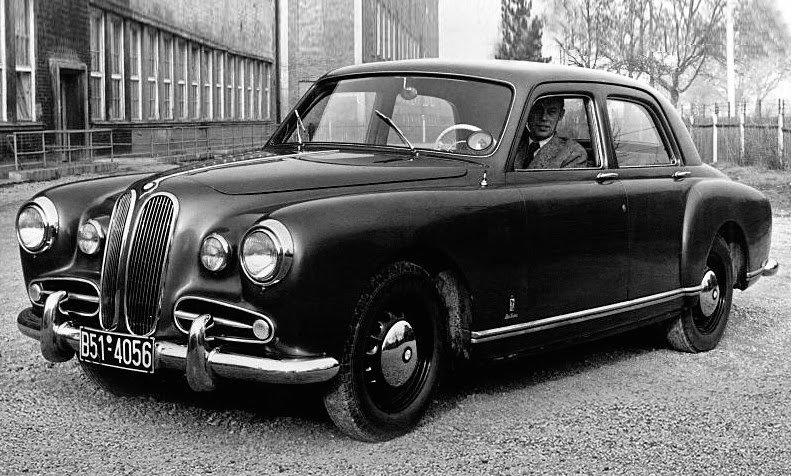
20 BMW 20 Pininfarina Studios